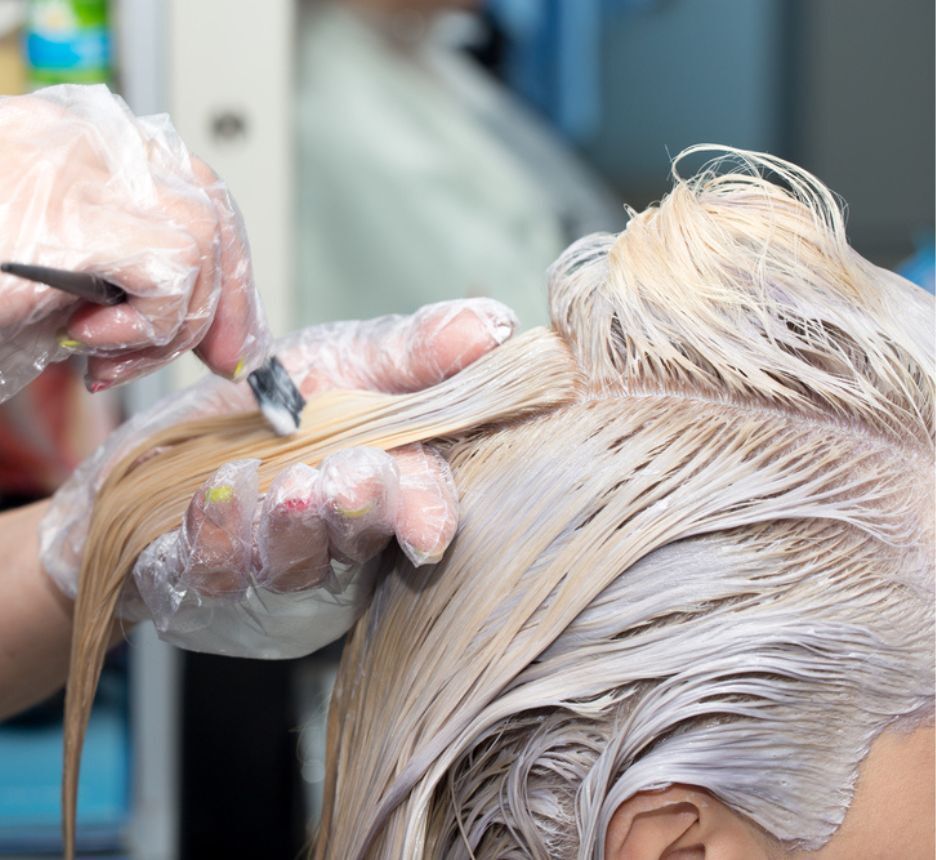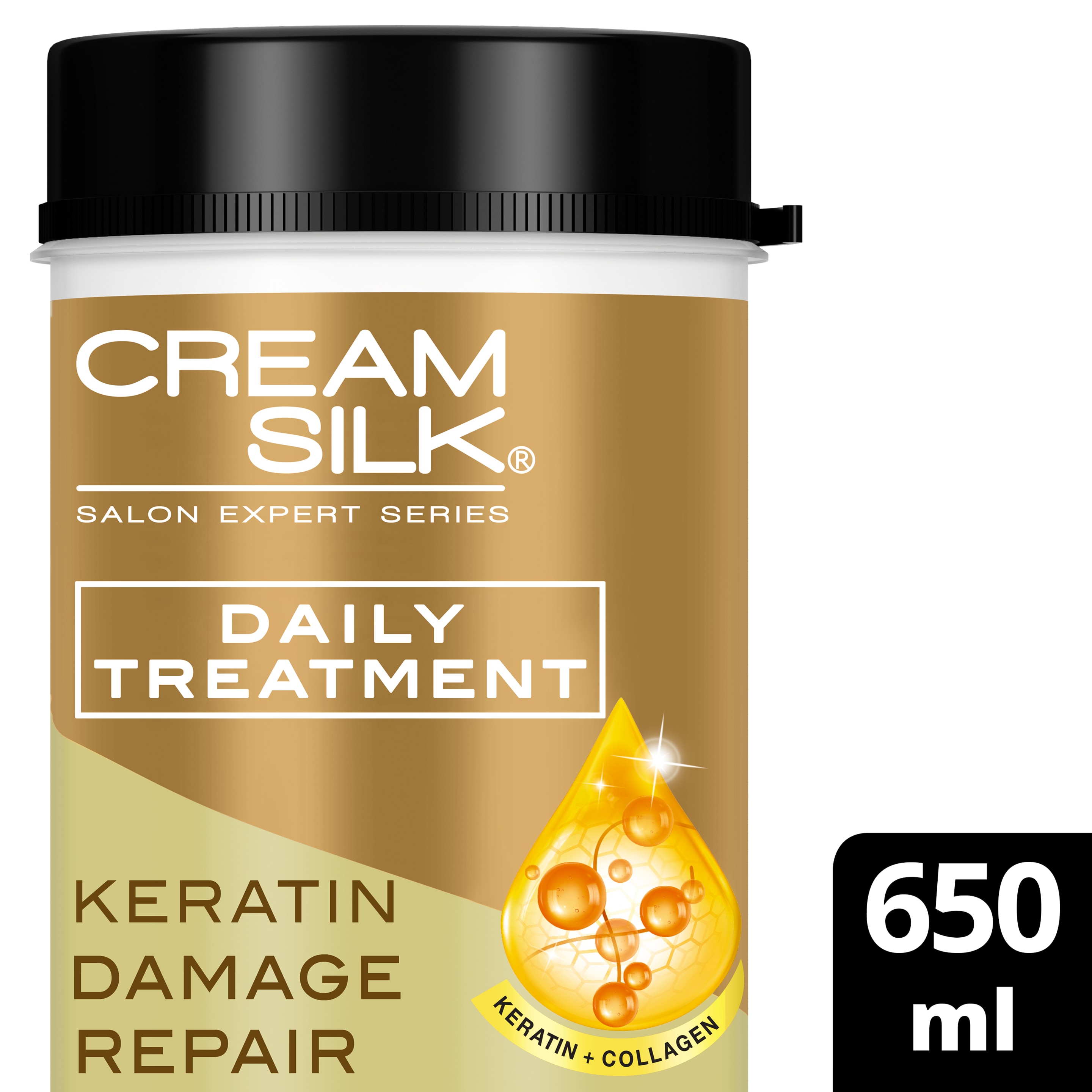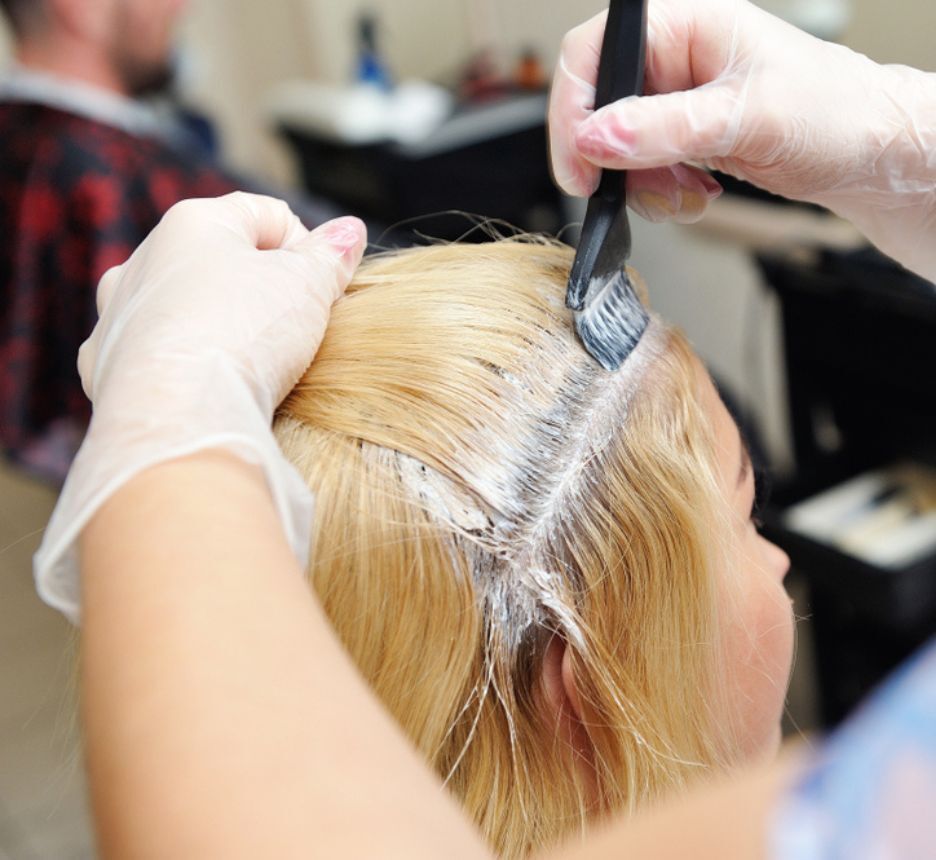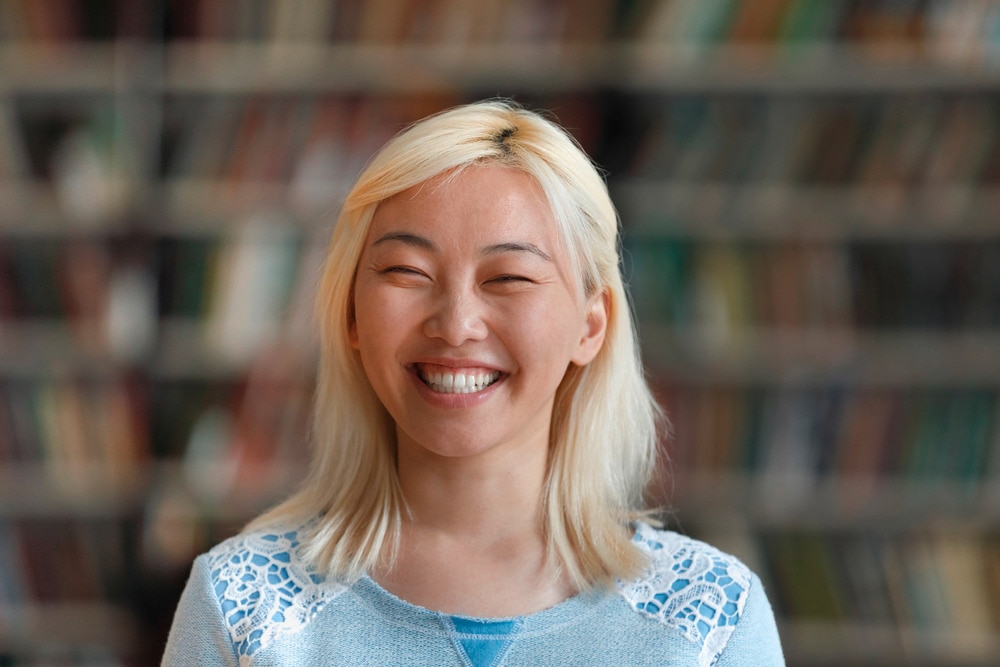Tips and Inspiration
From Unilever Beauty Experts
Going from dark locks to Targaryen-level platinum blonde hair can be stressful. The process takes hours in the salon chair because it involves multiple rounds of bleaching to break down your hair’s natural shade. Each session strips away pigments, as well as moisture and protein, leaving your tresses vulnerable to damage.
The more you understand bleaching, the easier it is to maintain platinum blonde hair color. Scroll down to discover the science behind transitioning from dark to light hair.
What Happens When You Bleach Your Hair
Hair bleaching products usually contain alkaline and oxidative agents – each type has its own purpose. Alkaline agents, like ammonia, open the hair cuticle to create an entry point for the bleach to penetrate the shaft. As a result, your strands become more porous, feel rough to the touch, and may look poofier.
Once your hair cuticle is wide open, oxidative agents (such as hydrogen peroxide) come in and do their job. They split the melanin molecule and trigger what’s known as oxidative degradation, which essentially dissolves the hair’s pigments.
Patience is key when it comes to bleaching dark tresses. Your hair won’t lose its color completely in one go. Instead, it happens in stages, as bleach gradually lifts pigments from the strands. Dark tresses will pass through various shades of red, orange, and yellow before reaching the desired platinum blonde hair color. This is because eumelanin, a type of melanin that determines how dark a person’s hair or skin is, takes longer to break down.
Does Bleaching Hair Always Damage It?
It would be more accurate to say that bleach weakens the hair and, therefore, makes it more prone to damage. Bleaching increases hair porosity to help strands absorb lightening agents and moisture, but also makes it unable to retain water. If bleach is left on for too long or you undergo too many bleaching sessions back-to-back, the chemicals will disintegrate the lipid and keratin layers that make up the hair.
Aside from the chemical exposure from bleaching, heat styling and environmental aggressors can further stress your brand-new platinum blonde hair. If your locks start showing these signs, give them some TLC, ASAP:
Increased dryness
Frizz
Dullness
Split-ends or breakage
Rough, straw-like texture
Thinning
Excessive tangling
How to Take Care of Bleached Hair
Lightening your natural hair color always results in some level of damage. Here are ways to minimize the impact of bleaching and keep your platinum blonde hair looking gorgeous in between appointments.
Take advantage of protein hair treatments.
An experienced hair colorist will apply bond-building products to your strands before and after bleaching to nourish and repair them. Without the continuous use of these products, the effects of bleaching – such as dryness and breakage – begin to show.
Luckily, you can use protein treatments like Cream Silk Salon Expert Treatment Keratin Damage Repair at home. It’s infused with keratin and collagen dual serum that temporarily fills the gaps in your broken strands. Your hair will feel super smooth after use.
Befriend purple shampoo and conditioner.
Oxidation from the sun, over-washing your hair, and exposure to air can turn your icy blonde locks into a brassy mess. Purple shampoo and conditioner are a godsend for color-correcting the yellow tones of bleached hair. These products deposit violet pigments to cancel out any warm hues, helping your blonde stay frosty.
Swap your regular shampoo for a purple one every couple of weeks and use as instructed. Right after, coat your hair with Cream Silk Triple Keratin Rescue Ultimate Bleach Enhance Conditioner. Made with anti-discoloration technology, it neutralizes brassy tones. The three keratin products also help moisturize your hair, tame frizz, and boost shine.
Install a shower filter.
Hard water is packed with chlorine, magnesium, iron, and copper – all of which can make your hair feel brittle and prone to color fading. The easiest thing you can do to improve the water quality in your home is to invest in a shower filter. Plus, filtered water is much gentler on the scalp – a bonus for anyone who deals with post-bleach sensitivity.
Cool it with the heat tools.
Styling your bleached hair with a flat iron, curling wand, or blow dryer daily can push already fragile strands to the brink of damage. You don’t have to give up your favorite heat-styling tools entirely; just limit how often you use them. Make sure to apply a heat protectant before styling. This product creates a barrier between your hair and the high temperatures.
Give your hair time to recover.
Give your hair cuticle ample time to recover from its first bleach makeover before coming to the salon for a touch-up. Most colorists recommend waiting for one to two months between appointments. If you want to lighten the overgrown roots, it’s better to bleach only the new growth. Talk to a professional colorist for the best approach.
Bleaching in any capacity alters the fundamental structure of your mane. So, tread lightly. Take your time with the transformation and give your platinum blonde hair the TLC it deserves.









